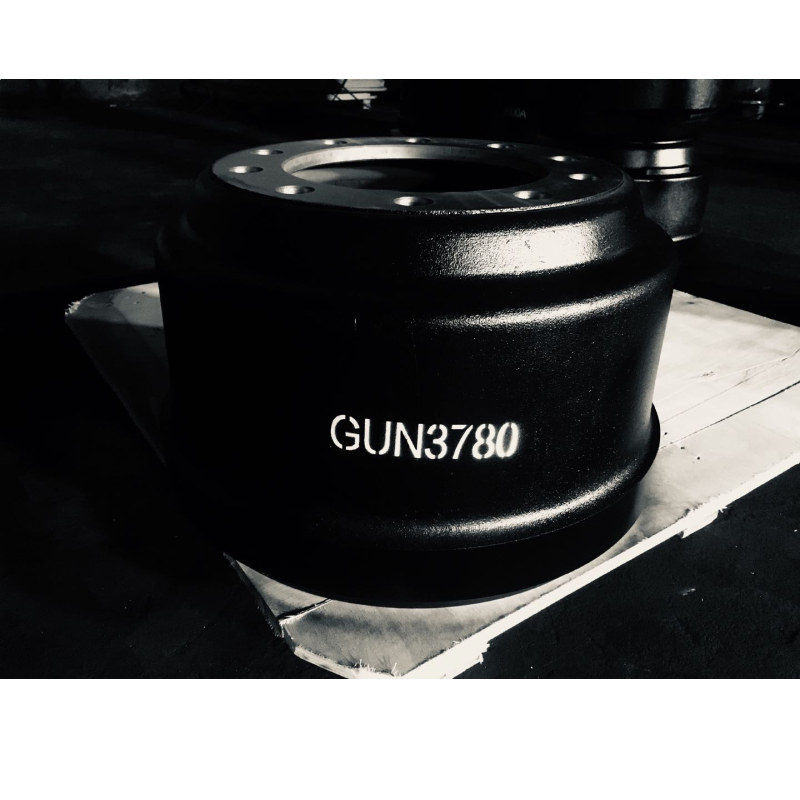8 сар . 11, 2024 20:26 Back to list
Analyzing Brake Drum Wear Patterns for Improved Vehicle Safety and Performance Insights
Understanding Brake Drum Wear Patterns A Key to Vehicle Safety
Brake systems are essential for the safe operation of vehicles. Among the various components of the braking system, the brake drum plays a critical role in slowing down or stopping a vehicle. However, like all mechanical components, brake drums are susceptible to wear and tear. Understanding the wear patterns of brake drums can provide valuable insights into vehicle maintenance, performance, and safety.
Brake drums operate in conjunction with brake shoes, creating friction that slows or stops the vehicle. Over time, this friction leads to wear, and the characteristics of this wear can reveal much about the vehicle's health. The most common wear patterns observed on brake drums include uniform wear, uneven wear, and cracking or scoring.
Uniform Wear
Uniform wear is characterized by a consistent thinning of the brake drum surface, typically resulting from regular driving habits and properly adjusted brake components. In this scenario, the entire braking surface of the drum tends to wear down at a similar rate, indicating that the brakes are functioning as intended. While uniform wear suggests good maintenance, it is crucial to monitor the thickness of the drum. If the wear exceeds the manufacturer’s specifications, it can lead to reduced braking efficiency and potentially compromised safety.
Uneven Wear
Uneven wear is a more concerning issue that often indicates problems with the brake system. This wear pattern can manifest in several ways, including high spots, low spots, or grooves on the drum surface. Uneven wear may be caused by misaligned wheels, faulty brake components, or improper installation of brake shoes. When brake shoes do not contact the drum evenly, it leads to a phenomenon known as glazing, where the surface becomes brittle and less effective at generating friction. Additionally, uneven wear can cause vibrations during braking, reducing the driver's control over the vehicle.
brake drum wear patterns

Detecting uneven wear early is crucial for maintaining vehicle safety. Regular inspections and adjustments to the brake system can help mitigate these issues. Technicians often recommend replacing worn parts and ensuring proper alignment to prevent further complications.
Cracking and Scoring
Cracking and scoring are serious wear patterns that warrant immediate attention. Cracks often develop due to thermal stress, which occurs when the brake drum rapidly heats up and cools down during braking. This temperature fluctuation can weaken the metal, leading to cracks that could eventually compromise the integrity of the drum.
Scoring, on the other hand, is usually caused by foreign debris between the drum and brake shoes, resulting in deep grooves on the drum's surface. Both conditions can severely affect braking performance and may lead to brake failure if not addressed promptly.
In either case, it is vital to inspect the brake drum regularly for these critical wear signs. Technicians may recommend resurfacing or replacing the drum if significant damage is present.
Conclusion
Understanding brake drum wear patterns is essential for maintaining vehicle safety and performance. Uniform wear indicates a healthy brake system, while uneven wear and signs of cracking should raise red flags for vehicle owners. Regular inspections and maintenance can help catch potential issues early and ensure safe driving conditions. By paying attention to the wear patterns of brake drums, drivers can contribute to their safety and the longevity of their vehicles. Regular maintenance and prompt attention to unusual wear can make all the difference in brake performance, ultimately safeguarding lives on the road.
-
Brake Drum Man - High-Quality Drum Brake Drums & Brake Shoes for Reliable Performance
NewsJun.24,2025
-
High-Quality Brake Drum Kamaz – Durable Drum Brake Drum & Brake Shoe Replacement
NewsJun.10,2025
-
High-Quality Brake Drum Liza for Drum Brake Systems - Superior Durability and Performance
NewsJun.10,2025
-
High-Quality Brake Drum Kamaz – Durable Drum Brake Drum & Brake Shoe Solutions
NewsJun.10,2025
-
Durable Kamaz Brake Drums High-Performance Truck Parts
NewsJun.09,2025
-
Premium Brake Drum Maz Kit with Shoes Enhanced Braking
NewsJun.09,2025
